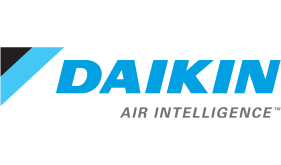The condition of the ducting that delivers your heated and cooled air has a direct impact on how well your HVAC system performs, as well as your energy consumption and comfort. Whether you’re planning to purchase new equipment, or you need to upgrade the existing duct system, make sure your HVAC contractor follows these ductwork design best practices.
Correct Placement
Whenever possible, ducting should be placed inside the home’s conditioned envelope in walls, ceilings or floors to avoid exposure to extreme temperatures that erode energy efficiency. If it’s necessary to install ducts outside the envelope in an unfinished basement, attic or garage, they should be wrapped in R-8 insulation to minimize energy losses.
Proper Sizing and Layout
To come up with an efficient ductwork design, an HVAC professional first determines the heating/cooling load by performing room-by-room calculations using Manual J from the Air Conditioning Contractors of America (ACCA). Then, the equipment is selected using Manual S, and the ducts sized and the layout designed using Manual D.
Good Materials
In the past, it was a common practice to use wall cavities and ceiling joist channels as makeshift ducts. Routing conditioned air through these areas is not only inefficient, it gives pollutants and contaminants an easy way to enter the home’s air supply. Today, ducts must be made of sheet metal, fiberglass or an approved flexible material.
Balanced Airflow
Neutral air pressure needs to be maintained within the home for the HVAC system to run properly and efficiently. To achieve this balanced airflow, the correct number of supply and return registers must be properly placed to deliver and return the same volume of air in each room.
Sealing, Testing, and Insulating
Duct leaks and a lack of insulation can cause air quality issues and waste up to a third of the HVAC equipment’s output. To avoid this, duct sections should be attached with screws, and joints and seams sealed with fiberglass mesh and mastic. The contractor should then test for duct tightness and wrap the runs in R-8 insulation.
If poor ductwork design is a concern in your Portland home, contact Roth Home & Cooling for expert help.














